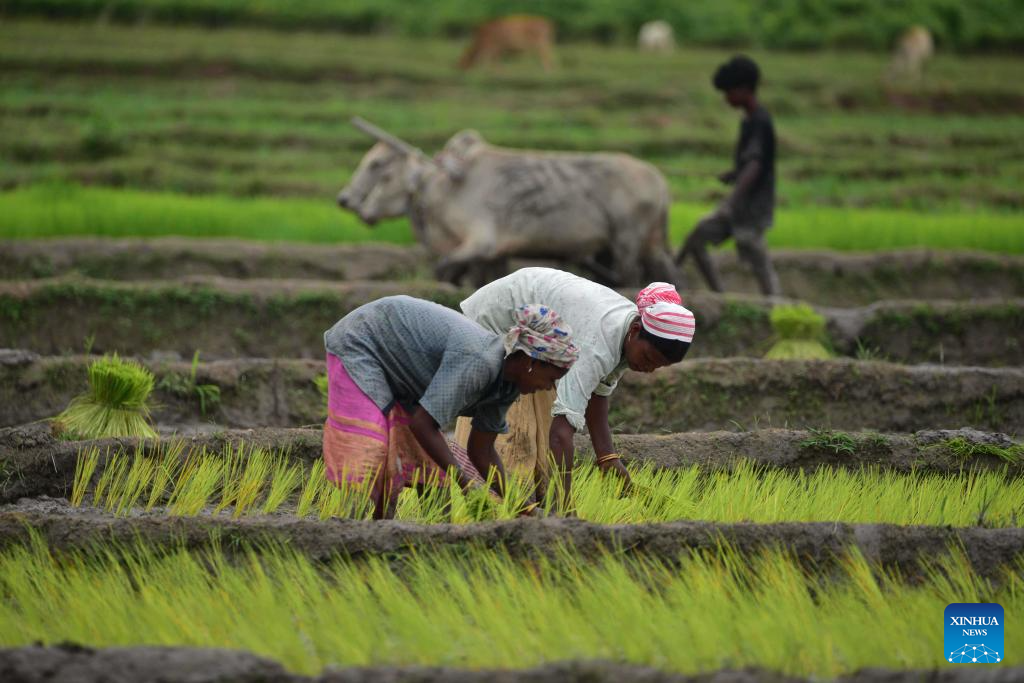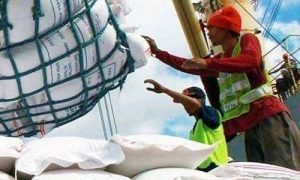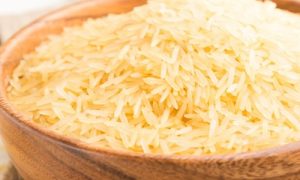Basmati cultivation: Punjab halfway through, has 15 days to meet target

Punjab has achieved 50% of its basmati cultivation target for the year, with 5.16 lakh hectares planted out of a planned 10 lakh hectares. Last year, the state cultivated 5.96 lakh hectares after setting a target of 6 lakh hectares, prompting a 40% increase this year. Agriculture officials expect basmati sowing to continue through the end of July, expressing optimism about meeting this year’s target despite initial setbacks in acreage planted.
Punjab has so far reached a little over 50% of its target of basmati cultivation this year. While the state had set an ambitious target of growing basmati on 10 lakh hectares, it has till July 16 this year been able to cultivate only 5.16 lakh hectares under the aromatic rice variety.
Last year the agrarian state had set a target of 6 lakh hectares under basmati and cultivated 5.96 lakh hectares. Overwhelmed with the success, the state had this year increased the target by 40%.
Officials from the Punjab agriculture department have indicated that Basmati sowing will continue till the end of this month and they are hopeful that they will be able to meet the year’s target.
Basmati, an aromatic variety of rice, is valued for its lesser water consumption compared to water intensive paddy. It is sown around a month later and benefits from the monsoon rains. This makes it a crucial crop for conserving water resources in Punjab, where the extensive paddy cultivation has strained groundwater levels. Basmati is considered the best alternative for paddy in the state, prompting the authorities to increase the target area of the crop.
Basmati, an aromatic variety of rice, is valued for its lesser water consumption compared to water intensive paddy. It is sown around a month later and benefits from the monsoon rains. This makes it a crucial crop for conserving water resources in Punjab, where the extensive paddy cultivation has strained groundwater levels. Basmati is considered the best alternative for paddy in the state, prompting the authorities to increase the target area of the crop.















